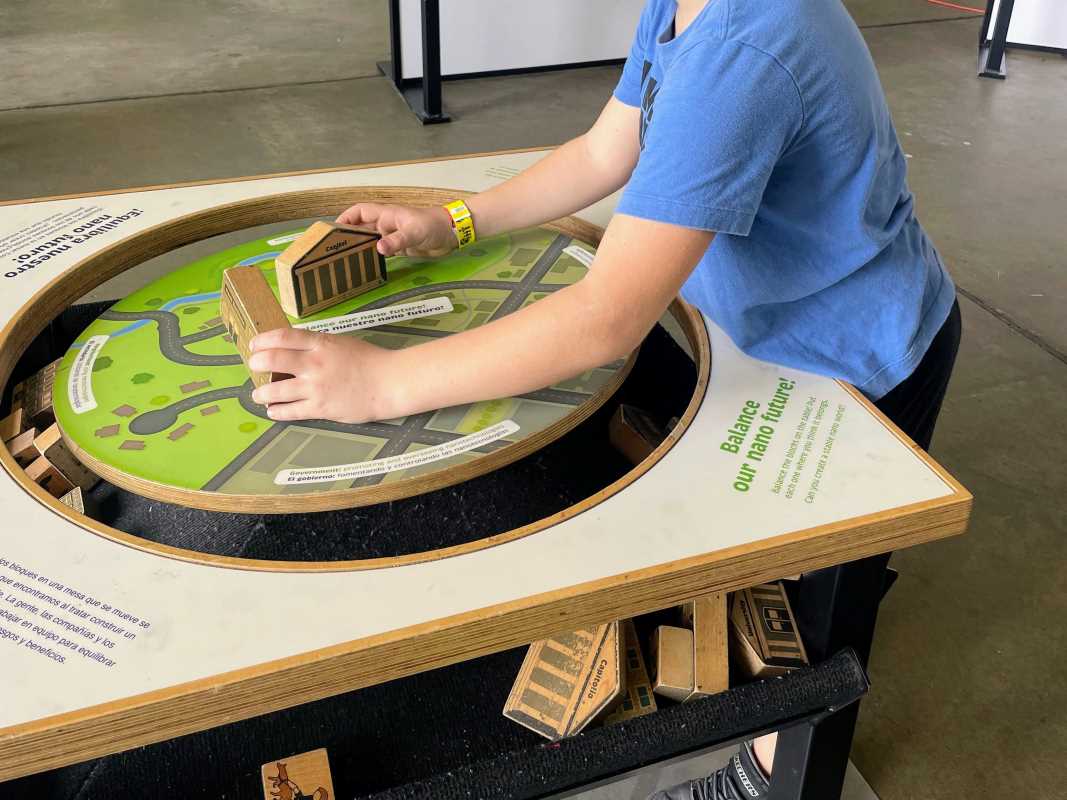Assessment has long been a critical aspect of education, serving as the primary way to evaluate student progress and understanding. For decades, traditional methods of testing—such as multiple-choice exams and standardized tests—have dominated our education systems. These traditional assessment techniques are deeply ingrained in classrooms, institutions, and even policymaking.
However, as modern education evolves, it becomes imperative to ask whether these methods effectively measure the skills and knowledge students need in the 21st century. The conversation is shifting toward reevaluating how we assess students, paving the way for approaches that emphasize creativity, critical thinking, and practical application over rote memorization.
The Limitations of Traditional Assessment
Standardized testing and similar traditional methods focus heavily on determining what students know at a given moment. These assessments often boil down to how well students can regurgitate information they memorized for an exam or adhere to predetermined correctness. While these methods provide measurable data, they fail to capture the complexity of learning and the diversity of individual capabilities. Students who excel in non-traditional ways—those with artistic abilities, problem-solving skills, or collaborative expertise—often find themselves at a disadvantage in a system that values convergent thinking.
Furthermore, the emphasis on grades and performance metrics has created what many educators describe as a culture of "teach-to-the-test" learning. This approach sidelines conceptual understanding and deeper intellectual inquiry, favoring superficial mastery over true comprehension. Students may learn to pass exams, but they often struggle to apply learned knowledge in real-world scenarios. This gap between testing success and practical application calls into question whether traditional assessments fulfill their intended purpose.
Other limitations include the inherent inequities embedded in certain assessment methods. Often, standardized testing doesn't account for cultural differences, learning disabilities, or socioeconomic barriers. These factors can profoundly influence a student's performance, making traditional assessments less a measure of knowledge and more an indication of privilege and circumstance.
A New Paradigm of Learning
Modern advancements in education ask us to reevaluate our goals for assessment. Are we evaluating for memorization? For the basic retention of facts? Or are we assessing to help students understand, grow, and apply knowledge in meaningful contexts? Education in the digital age can no longer rest solely on traditional techniques. Skills such as critical thinking, collaboration, creativity, and adaptability have risen to prominence, becoming prerequisites for success in today’s rapidly changing world.
This shift in priorities creates a demand for innovative assessment strategies that move beyond grading and ranking. These strategies seek to gauge how students think, how they approach challenges, and how they build on knowledge—skills that have an enduring impact. There’s recognition that assessment must become an integral part of the learning experience rather than a separate, often intimidating, endpoint.
Alternative Approaches to Assessment
While the need for change seems clear, the question then becomes: how can schools and educators rethink assessment without dismantling the structures that have served as their backbone for so long? One of the most promising developments lies in formative assessments. These ongoing, low-stakes evaluations allow students to receive feedback in real time, encouraging an iterative learning process rather than static test results. Instead of being just a measure of academic ability, formative assessments help identify areas for improvement, enabling teachers to tailor support and instruction to individual needs.
Project-based learning is another growing alternative. These assessments ask students to engage with real-world issues or challenges through in-depth projects. Rather than demonstrating their knowledge by circling the correct answer, students showcase how they think critically and creatively to solve problems. This method emphasizes process over product and gives students invaluable experience applying theoretical concepts practically, often in collaborative environments.
Self-assessment has also gained traction as an essential element. Encouraging students to reflect on their work and evaluate their understanding cultivates a sense of accountability and ownership over their progress. They gain insight into their strengths, weaknesses, and learning preferences—skills that benefit them far beyond the classroom. When students actively participate in the assessment process, education becomes more learner-centered and empowering.
Another promising innovation is the use of digital tools for adaptive assessment. These technologies adjust the difficulty of questions based on a student's responses, thus providing a more nuanced understanding of their capabilities. Through such personalized techniques, assessments can become dynamic and inclusive, offering deeper insights into individual learning trajectories.
Fostering Equity in Assessment
Rethinking assessment is as much about equity as it is about innovation. Modern approaches make it possible to level the playing field for students from diverse backgrounds and with varied skills. For example, assessments that accommodate different learning styles—such as oral presentations for verbal learners or hands-on demonstrations for kinesthetic learners—allow all students to highlight their strengths in ways that traditional tests cannot.
Culturally responsive assessments address another critical gap. These techniques consider a student’s cultural background and life experiences, evaluating them without a one-size-fits-all standard. This approach acknowledges that diversity is an asset, not an obstacle, ensuring assessments are more inclusive and representative.
Additionally, technology can play a critical role in decentralizing traditional power dynamics. Adaptive AI tools, for instance, can democratize access to quality assessments, providing feedback that is highly individualized yet impartial. Platforms that utilize open-ended assessments—such as coding environments, digital portfolios, or online simulations—offer students unique opportunities to demonstrate mastery while developing skills directly applicable outside the classroom.
Changing Mindsets
Of course, even the most advanced techniques cannot succeed without a shift in mindset across educational institutions. Policymakers, educators, and parents must see assessments not as judgments, but as opportunities for growth. Creating an assessment culture that values curiosity, resilience, and problem-solving over merely being correct will, ultimately, help students prepare for an unpredictable and demanding world.
Educators also need robust training to effectively implement and evaluate such creative approaches. Many teachers themselves were schooled in an era of traditional testing and may feel uneasy stepping into uncharted methodological territory. Sufficient professional development opportunities must bridge the gap between theory and practice, equipping teachers to transition from being sole evaluators to facilitators of comprehensive and equitable learning experiences.
The Role of Feedback
An often-overlooked aspect of assessment is feedback. Effective assessment doesn’t simply tell students whether they passed or failed. It provides insights into what went well and what needs improvement. Real growth occurs when feedback is specific, constructive, and actionable. Feedback should open a dialogue between teacher and student, fostering an environment of trust and shared goals.
Feedback-focused assessment also shifts the narrative away from grades as the primary marker of success. When students receive encouragement for effort, incremental growth, and problem-solving rather than just results, they are more likely to remain motivated and engaged.
The Road Ahead
Transforming the way we assess students is neither quick nor easy. It requires substantial effort from educators, administrators, and governmental bodies, alongside parents and students themselves. Yet, the benefits of reimagining assessments far outweigh the challenges. Students learn more deeply and meaningfully when the focus shifts from test scores to understanding and growth.
What modern education really needs is a balanced approach—a system that combines the proven advantages of traditional techniques with innovations geared toward inclusivity, creativity, and relevance. Standardized tests may not disappear entirely, but supplementing them with formative, project-based, or adaptive assessments could create a more holistic evaluation framework.
Ultimately, rethinking traditional assessment techniques is about aligning education with the evolving demands of society. The aim is not just to prepare students for the next test, but to enable them to thrive in an increasingly complex, interconnected world. Given what we know about educational equity, dynamic learning, and the importance of practical skills, the call to action is clear. It’s time to overhaul assessment strategies and create spaces for authentic learning experiences to shine—because in the end, education should feed curiosity, inspire innovation, and enrich the human experience.






